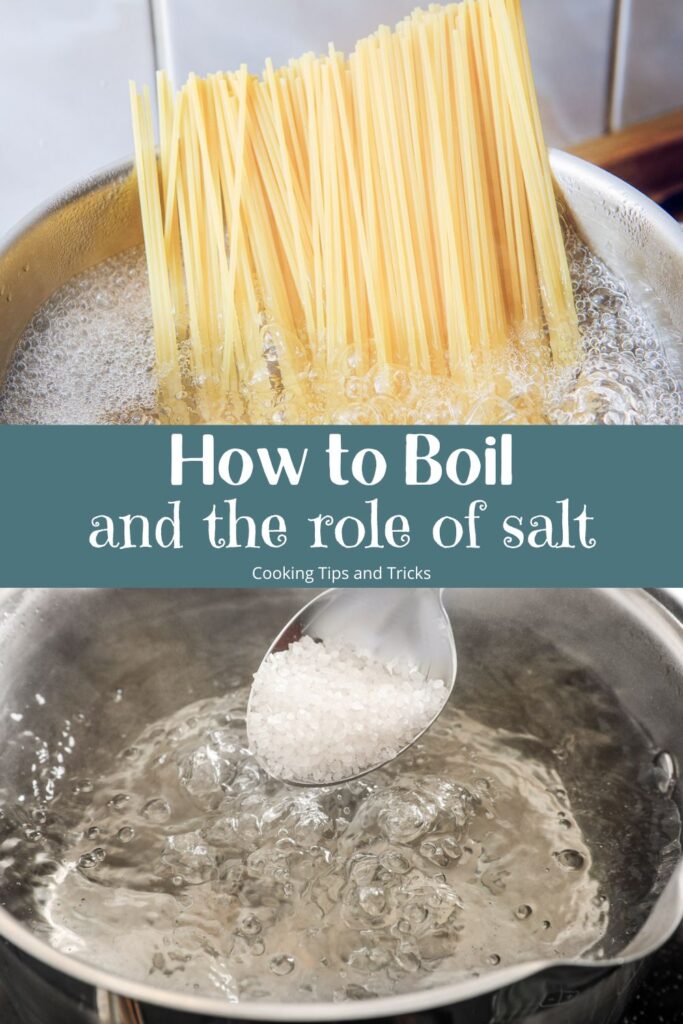How to Boil: Temperature, Technique, and the Role of Salinity
Boiling is a fundamental cooking method where water is heated to its boiling point, causing it to bubble and vaporize. At sea level, water boils at 212°F (100°C), and this can change with altitude due to variations in atmospheric pressure. The following article will dive into “how to boil” and explain everything you need to know about this approach.
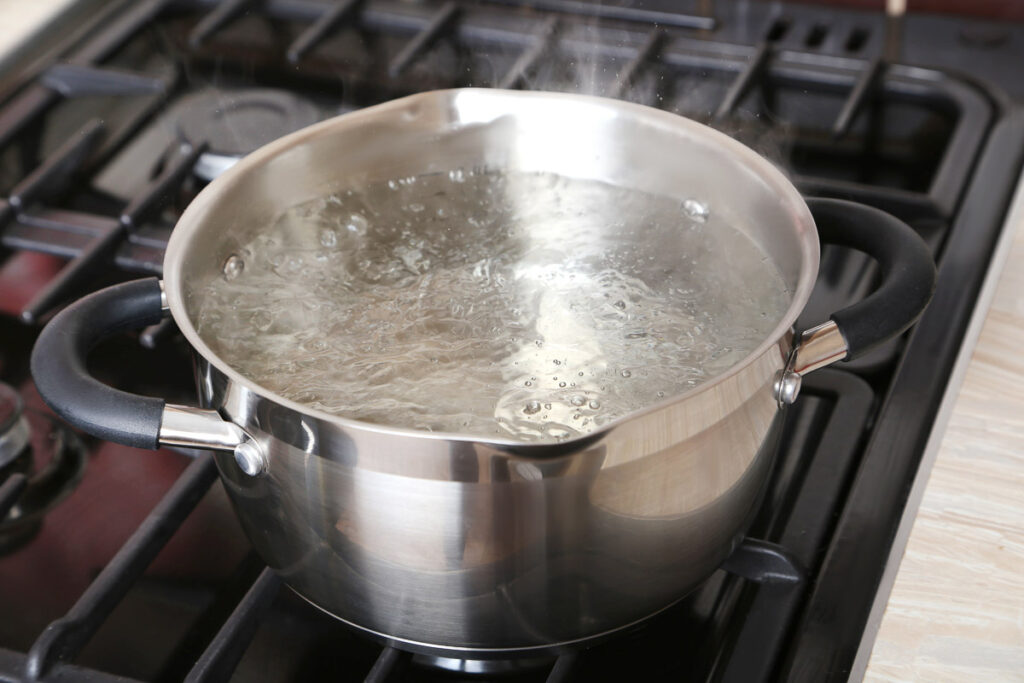
Salinity’s effect on the boil point
Adding salt to water increases its boiling point, a phenomenon known as boiling point elevation. This doesn’t make a huge difference in the kitchen, but it’s a tip that chefs often use to ensure that the water is as hot as possible for cooking pasta or blanching vegetables.
How salt affects flavor
More than altering temperature, salt in boiling water can significantly enhance food flavor. It’s not just about making the water salty; it’s about seasoning the food from the inside as it cooks, leading to a more flavorful result.
Using salt in boiling water
- For pasta: Salted water can give pasta a subtle flavor boost. Add salt after the water has come to a boil but before adding the pasta.
- For vegetables: A pinch of salt in the boiling water can help vegetables retain their color and improve their natural flavors.
- Taste as you go: The amount of salt needed varies. Tasting the water and adjusting to preferences and dietary needs is helpful.

Alternative salts
Boiling Point Elevation: As mentioned earlier, the primary effect of adding salt to water is the elevation of its boiling point. This phenomenon is due to dissolved ions in the water, which interfere with the forming of vapor bubbles. However, the amount of elevation is quite small. For instance, adding one teaspoon of salt to a liter of water would raise the boiling point by only about 0.3 degrees Fahrenheit (0.17 degrees Celsius).
Type of salt and dissolution:
- Grain size: The size of the salt grains can affect how quickly the salt dissolves in the water. Finer salts like table salt dissolve more quickly than coarser salts like kosher salt or sea salt. However, once dissolved, the effect on the boiling point is essentially the same.
- Purity and composition: Different salts have varying levels of purity and may contain different minerals. For example, table salt often contains anti-caking agents, and sea salt contains trace minerals. These differences can slightly alter how salt affects the boiling point, but the effect is minor.
Flavor profiles

The type of salt used can have a subtle effect on the timing and manner in which water boils, but these differences are generally minimal and more relevant in a scientific context than in everyday cooking.
Here’s a breakdown:
- In practical cooking terms, the type of salt used does not significantly change the timing or manner of boiling water. The minor differences in boiling point elevation are usually negligible in cooking.
- The choice of salt is often more about flavor, texture, or health reasons (like choosing iodized salt for iodine intake) rather than its effect on boiling water.
As you can see, while different types of salt can have a small impact on the boiling point of water, this effect is typically too slight to be of practical significance in cooking. The choice of salt is more about personal preference and dietary considerations than its influence on how water boils.
Safety tips when boiling water
- Avoid Overfilling: Too much water in the pot increases the risk that it could boil over, leading to burns, stress, and a messy stove.
- Use of Lids: Placing a lid on the pot can reduce boiling time and save energy, but be cautious about tightly covering a pot when boiling starchy foods like pasta to prevent overflow.
- Adding Ingredients: When adding ingredients to boiling water, lower them with a spoon or basket to prevent splashing and burns.
Environmental considerations
- Energy Efficiency: Boil only the necessary amount of water and use a lid to reduce heat loss.
- Sustainable practices: If you live in an area that is going through drought conditions, consider sustainable energy sources for boiling water, like induction cooktops or solar cookers, if available.
Boiling with Hard vs. Soft Water
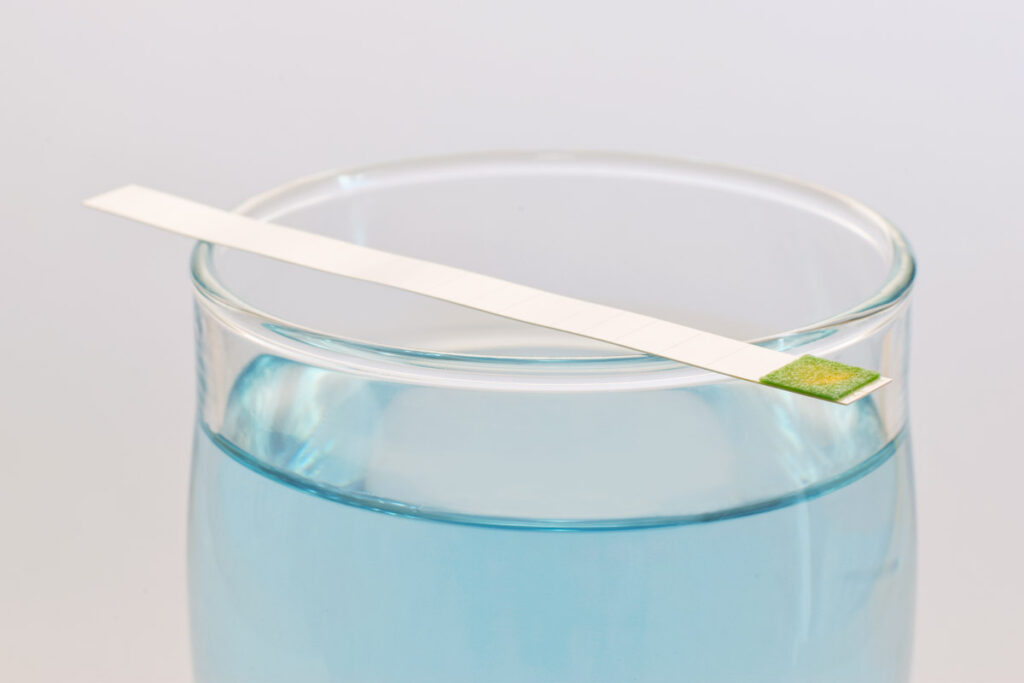
Boiling with hard versus soft water does have some differences, and adjusting boiling times for different altitudes also requires consideration. Let’s break down each of these variables:
Hard Water:
- Mineral Content: Hard water contains higher levels of minerals like calcium and magnesium. These minerals can affect the taste of the water and, consequently, the flavor of foods cooked in it.
- Boiling Time: Hard water can take slightly longer to boil than soft water because of the higher mineral content.
- Effect on Food: Foods boiled in hard water can have a different texture. For instance, beans might take longer to soften when boiled in hard water.
Soft Water:
- Lower Mineral Content: Soft water has fewer minerals. It often boils more quickly and can be preferred for its neutral taste.
- Effect on Food: Foods cooked in soft water may retain their intended flavor and texture better than when cooked in hard water.
Adjusting boiling times for different altitudes
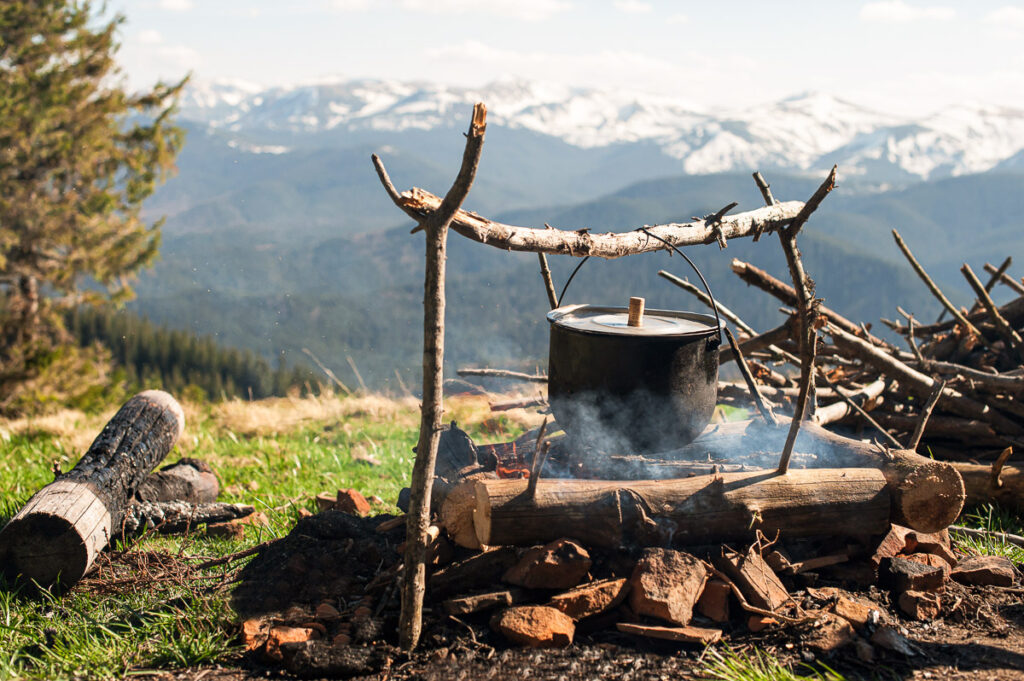
Higher altitudes:
- Lower Boiling Point: At higher altitudes, atmospheric pressure is lower, causing water to boil at a lower temperature. For every 500 meters (about 1,640 feet) of increase in altitude, the boiling point of water decreases by about 0.5°C (1°F).
- Adjusting Cooking Time: Water boils at a lower temperature, so it may not be as effective at cooking food. Therefore, boiling times may need to be increased. This is particularly noticeable in foods that require precise temperature control, like hard-boiled eggs or certain types of pasta.
Which material is best for boiling water
When it comes to boiling water, choosing between stainless steel and aluminum pots or kettles involves weighing various factors such as heat conductivity, durability, maintenance, and health concerns. Here’s a detailed comparison.
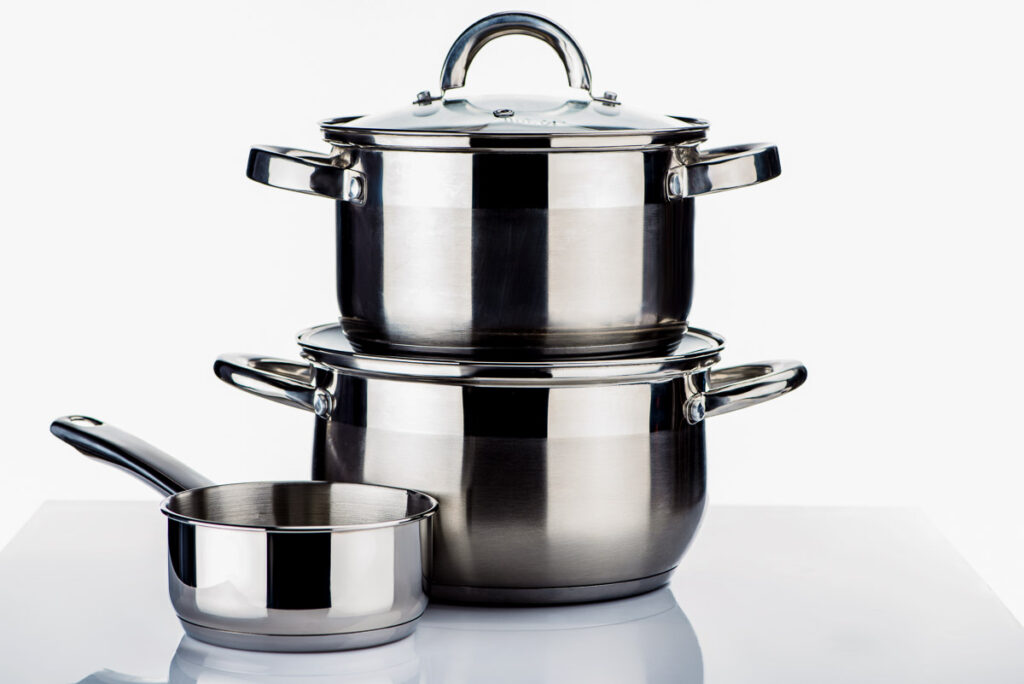
Stainless steel pots
- Heat Conductivity: Generally, stainless steel is less conductive than aluminum. This means it heats up more slowly and evenly, which can be advantageous for cooking but may it take longer to bring water to a boil.
- Durability: Stainless steel is highly durable and resistant to rust and corrosion. It does not dent or scratch easily, making it a long-lasting choice.
- Maintenance: Stainless steel does not react with food or water, so it’s less likely to stain or retain flavors, making it easy to clean and maintain. It’s often dishwasher safe, adding to convenience.
- Health Concerns: Stainless steel is generally considered safe and does not leach chemicals or metals into water, making it a healthy choice for cooking and boiling water.
- Cost: Stainless steel is typically more expensive than aluminum, but the investment can be worthwhile due to its longevity and low maintenance.
Aluminum pots
- Heat conductivity: Aluminum is an excellent heat conductor. It heats up quickly, meaning water boils faster in an aluminum pot or kettle than in stainless steel.
- Durability: Less durable than stainless steel. Aluminum is softer and more prone to dents, scratches, and warping over time.
- Maintenance: Requires more careful handling to prevent damage. Aluminum can react with acidic or alkaline foods, potentially causing pitting and affecting the taste or appearance of the pot.
- Health concerns: There have been concerns about aluminum leaching into food and water, especially when cooking acidic foods, though the amount is typically minimal. For boiling water, this is less of a concern.
- Cost: Aluminum is generally cheaper than stainless steel, making it a budget-friendly option.
Ultimately, the choice between stainless steel and aluminum depends on your needs, preferences, and budget. For general use, including boiling water, stainless steel is often preferred for its durability and versatility despite being more expensive and less conductive than aluminum.
Photos are from Deposit Photos.
Edited by Christopher Benoit.
Elizabeth (Beth) Mueller is a food journalist, CEO of Pear Tree Kitchen, and co-creator of Food Blogger Help. She also has a bachelor’s degree in philosophy and a registered nurse licensed in the State of Oklahoma. When she has free time between writing, blogging, and cooking, she can be found volunteering as an RN with the Oklahoma Medical Reserve Corps.

